Pho Cuon (Phở Cuốn) is a Vietnamese rolled dish and an interesting adaptation of traditional phở. Compared to classic phở varieties, it is a relatively modern creation, yet many people can’t live without it in Vietnam.
I will reveal many fascinating facts about this tasty dish of Vietnamese cuisine.
I will cover the history of Pho Cuon, the necessary tools and ingredients of Pho Cuon, the guide on how to prepare it at home, and serving tips as well as suggestions.
Are you ready to make the best Pho Cuon ever?
How Was Vietnamese Rolled Phở Created?
Pho Cuon was the creation of Vũ Thị Chinh, a Northern Vietnamese phở vendor who has a stall in Hanoi.
In 2000, at the height of the summer, Ms. Chinh was motivated to prepare something cool and refreshing for her sweating customers, who didn’t like hot phở then.
Her idea was to roll fresh phở noodle sheets around a filling of sautéd beef slices and aromatic herbs. The rolled dish received mixed reviews at first, but it soon gained widespread fame throughout Hanoi.
Today, Pho Cuon is one of the iconic street foods of Vietnam’s capital city. A typical serving contains sautéd beef (or even rare beef), lettuce, Vietnamese coriander, Thai basil, etc.
Some variations contain more ingredients, like pumpkins, carrots, and eggs. Dipping sauces based on nước mắm (Vietnamese fish sauce) are the most popular accompaniments for Pho Cuon.
This rolled dish is often served by street vendors in Vietnam, but I will show you how to prepare it at home as an appetizer or main dish, starting with gathering the necessary tools.
What Tools Are Necessary For Making Pho Cuon?
You don’t need fancy cooking equipment to make Pho Cuon; I’m sure the following tools are already part of your kitchen, except for the steamer.
After getting these tools ready, let’s acquire the essential ingredients for rolling some Pho Cuon.
What Are The Must-have Ingredients For Pho Cuon?
Basic Pho Cuon consists of three parts: phở noodle sheets, beef, and vegetables. Since I include the ingredients for DIY phở noodles, there are more components than usual.
However, you can purchase phở noodle sheets at Vietnamese or Asian food stores. In that case, skip the flour ingredients and jump straight to the beef.
Phở Noodles
Stir-fried Beef:
Vegetables:
Now that you are clear about the ingredients, I will cover the main part of this post: the step-by-step guide on how to cook Pho Cuon.
What Are the Steps of Making Pho Cuon At Home?
Generally, making Pho Cuon involves preparing the ingredients, stir-frying the beef and vegetables, steaming sheets of phở noodles, and rolling the phở noodle sheets.
Read on to see the in-depth instructions for each step.
Step 1: Prepare The Ingredients
Add rice flour, tapioca flour, and water to the bowl. Mix them well. Let the batter rest for 2 hours.
Julienne the carrots, cucumber, and bell pepper into thin strips.
Mix the sliced beef with minced ginger, black pepper, and three-quarters of the minced garlic. Marinate the beef for at least 20 minutes.
Step 2: Stir-fry the Beef and Vegetables
Heat the oil in the skillet over medium heat. Drop in the rest of the minced garlic.
Add the marinated beef and salt. Stir-fry for 4 minutes, then transfer the beef to a plate.
Add the carrot strips to the skillet. Stir-fry for 5 minutes.
Step 3: Steam Phở Noodles
Fill one-third or half the steamer with water. Bring to a boil.
Brush or spray a dish with some oil to make it non-stick.
Put the dish in the steamer. Heat it in there for 5 minutes.
Ladle some of the batter into the dish and distribute it evenly.
Put on the lid. Steam for 3 minutes.
Scrape off the noodle sheet with a knife. Repeat this process until the batter runs out.
Step 4: Rolling the Phở Noodle Sheets
Lay a sheet of phở noodles on a dish.
Add lettuce, beefsteak plant, fish mint, Thai basil, beef, cucumbers, carrot, and bell pepper. Wrap the phở noodle sheet around the filling into a tight roll.
Repeat this process until the ingredients run out.
What Are the Best Tips And Tricks For Preparing Rolled Phở?
In this section, I will mention my cooking tips for Pho Cuon, suggestions for its accompaniments, advice on how to store and reheat this dish, and similar Vietnamese dishes to try.
Below is what I do to add even more deliciousness to my Pho Cuon.
What Dishes Go Well With Pho Cuon?
Vietnamese people mostly serve Pho Cuon with extra fresh vegetables, spicy chili sauce, and dipping sauces made from Vietnamese fish sauce.
To make a typical Pho Cuon dipping sauce, mix Vietnamese fish sauce with minced garlic, minced chili pepper, and vinegar or lime juice.
How To Store And Reheat Pho Cuon?
Each ingredient in Pho Cuon has its own shelf life. For example, stir-fried beef can be refrigerated for 2 – 3 days and frozen for 2 – 3 months.
The fresh vegetables can stay in the fridge for 4 – 7 days, but they are generally unfit for freezing.
Meanwhile, the phở noodles have a short shelf life and can only be stored in the fridge for 2 – 3 days.
They aren’t suitable for storing in the freezer, but you can sun-dry or dehydrate them to prolong theirshelf life by 1 – 2 months.
Alternatively, you can keep the rice batter in the fridge for 2 – 3 days and 1 – 2 months in the freezer.
To reheat Pho Cuon, you can cook everything in a steamer or a microwave.
What Are Other Suggestions For Similar Vietnamese Dishes?
If you are interested in other steamed and rolled dishes Vietnamese cuisine has to offer, check out my recommendations below.
Make Pho Cuon at Home, Why Not?
Pho Cuon is a fantastic way to reinvent the traditional pho recipe. Anyone who wants something other than the soupy phở dish will love this refreshing and convenient dish. From informal meals to potluck parties, Pho Cuon is ideal for all occasions.
What do you think about this recipe? Do you have ideas that can make it even more helpful to other readers? I’m all ears, so share your thoughts with me in the comment section! And don’t forget to tell your friends about this post!
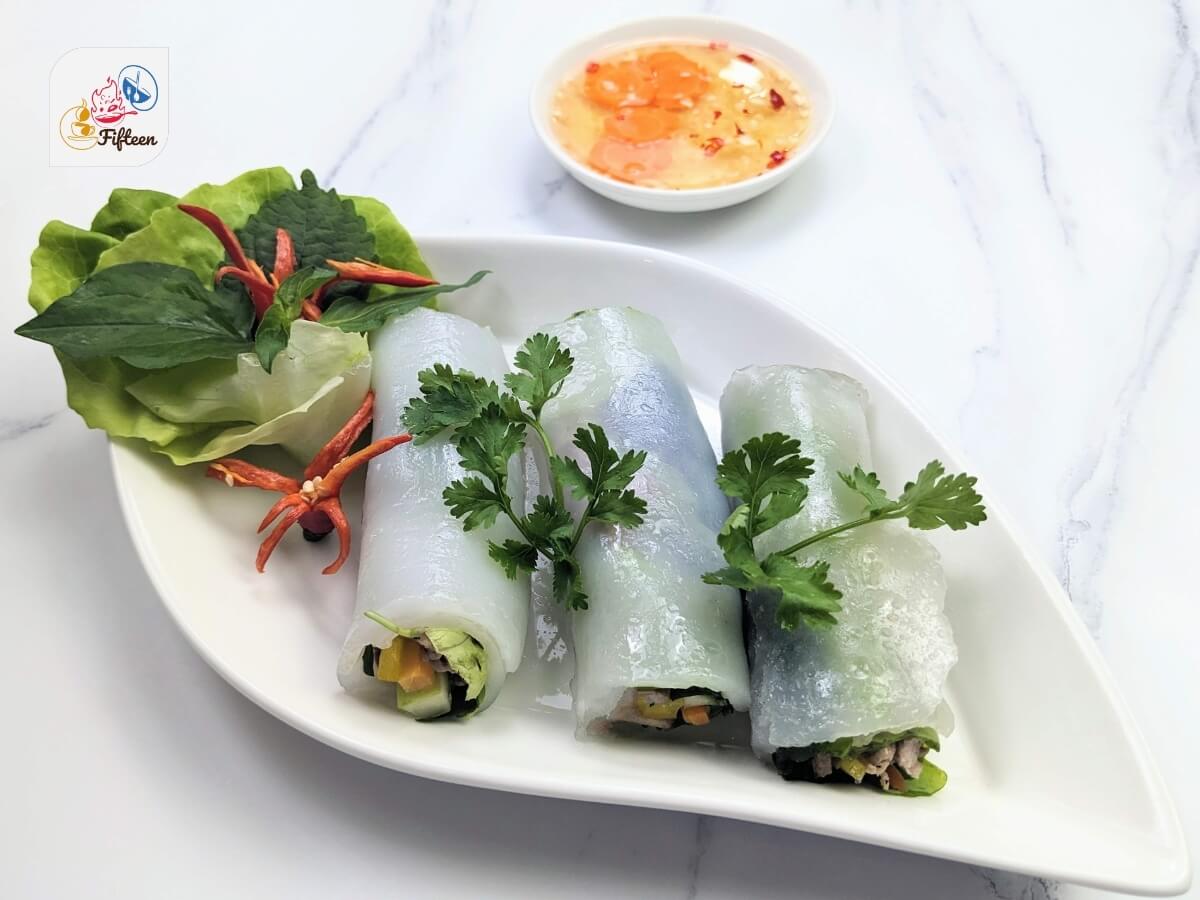
Vietnamese Rolled Phở (Phở Cuốn)
Ingredients
Beef Stir-fry
- 300 grams 0.66 pounds beef, sliced
- 2 teaspoons minced garlic
- 2 teaspoons minced ginger
- 1 teaspoon salt
- 2 teaspoon black pepper
- 2 tablespoons vegetable oil
Phở Noodles
- 200 grams 0.44 pounds rice flour
- 150 grams 0.33 pounds tapioca flour
- 350 ml 11.8 ounces water
Herbs and Vegetables
- 2 small carrots
- 2 cucumbers
- 1 yellow bell peppers
- Optional vegetables: lettuce Thai basil, Vietnamese balm, beefsteak plant, fish mint, etc.
Instructions
- Add rice flour, tapioca flour, and water to the bowl. Mix them well. Let the batter rest for 2 hours.
- Julienne the carrots, cucumber, and bell pepper into thin strips.
- Mix the sliced beef with minced ginger, black pepper, and three-quarters of the minced garlic. Marinate the beef for at least 20 minutes.
- Heat the oil in the skillet over medium heat. Drop in the rest of the minced garlic. Add the marinated beef and salt. Stir-fry for 4 minutes, then transfer the beef to a plate.
- Add the carrot strips to the skillet. Stir-fry for 5 minutes.
- Fill one-third or half the steamer with water. Bring to a boil. Brush or spray a dish with some oil to make it non-stick.
- Put the dish in the steamer. Heat it in there for 5 minutes. Ladle some of the batter into the dish and distribute it evenly.
- Put on the lid. Steam for 3 minutes. Scrape off the noodle sheet with a knife. Repeat this process until the batter runs out.
- Lay a sheet of phở noodles on a dish. Add lettuce, beefsteak plant, fish mint, Thai basil, beef, cucumbers, carrot, and bell pepper.
- Wrap the phở noodle sheet around the filling into a tight roll.
- Repeat this process until the ingredients run out.
Video
Notes
- The instructions are for preparing 4 servings.
- Don’t overcook the beef.
- Roll the noodle sheets properly, neither too loosely nor too tightly.
- Make sure the steaming dish is hot enough before adding the rice batter.
- Customize the filling of Pho Cuon to your liking.


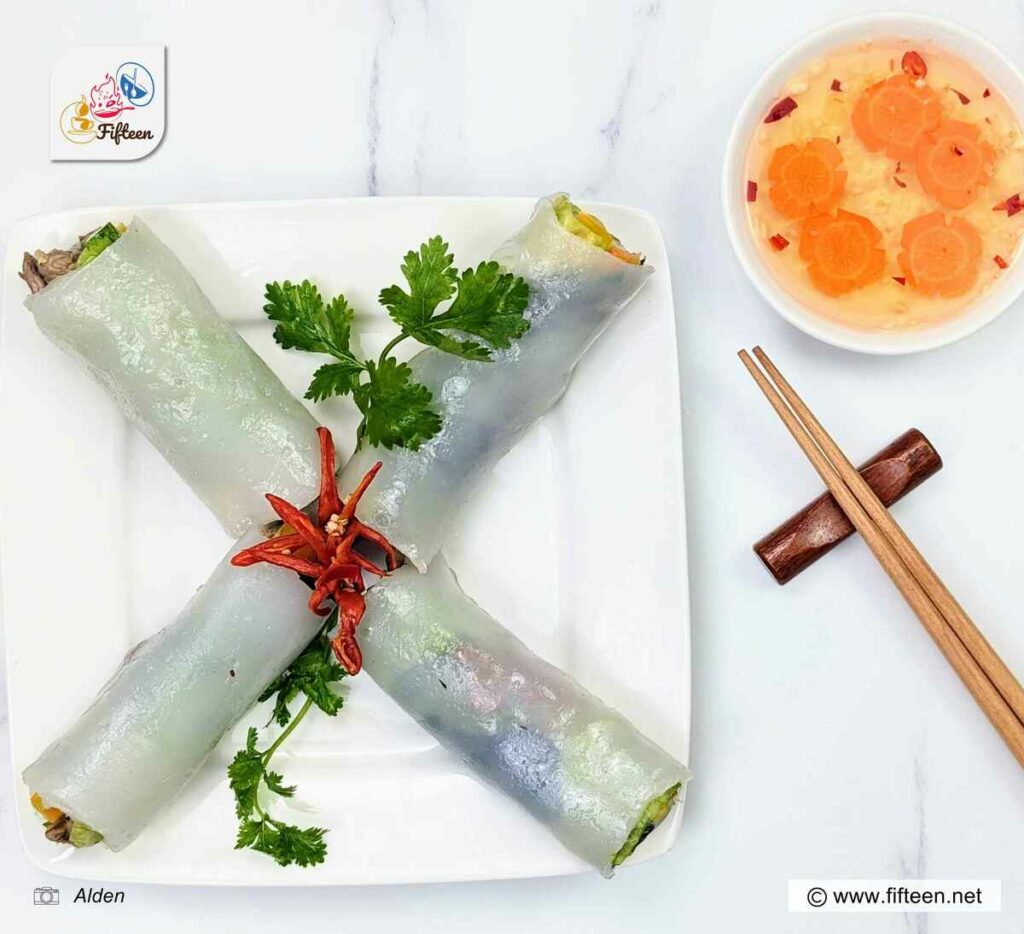
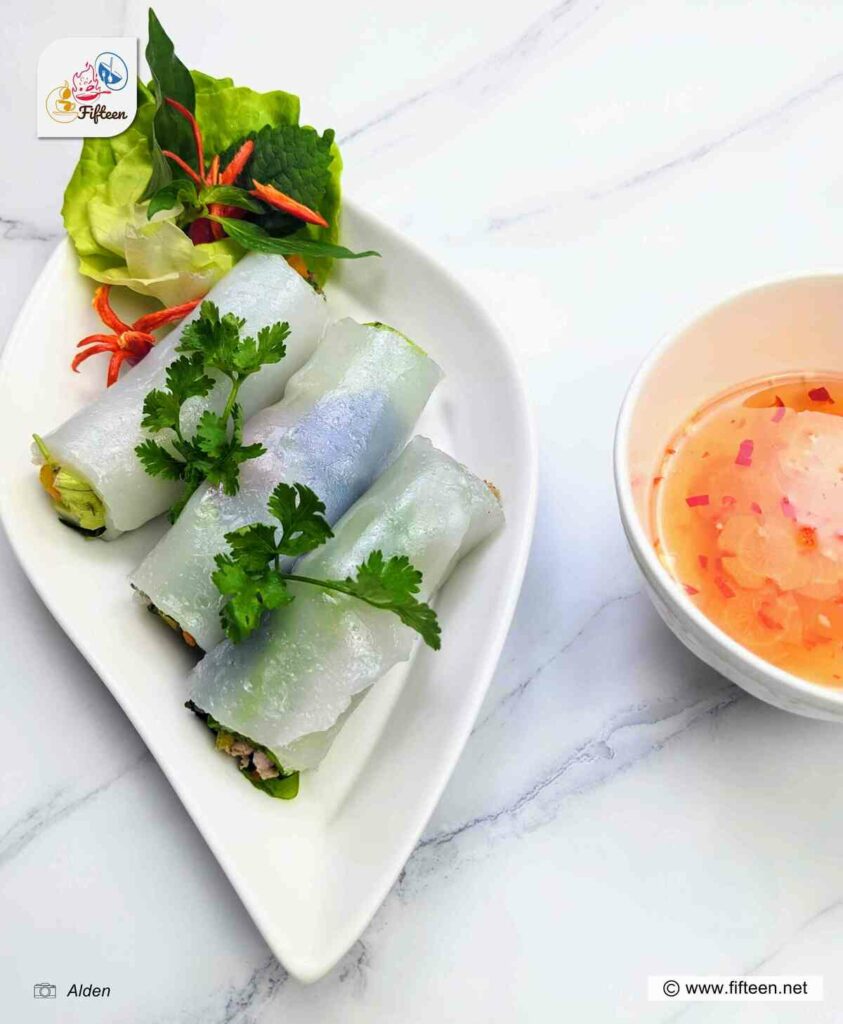
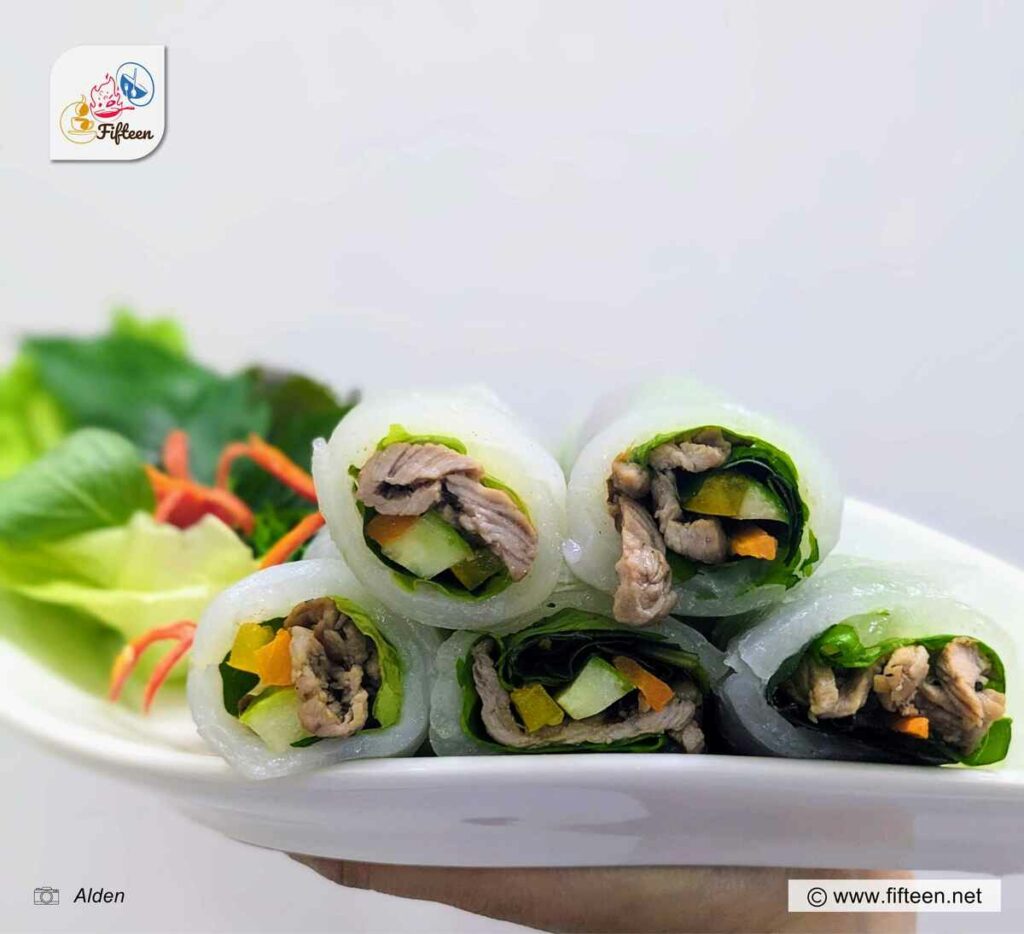
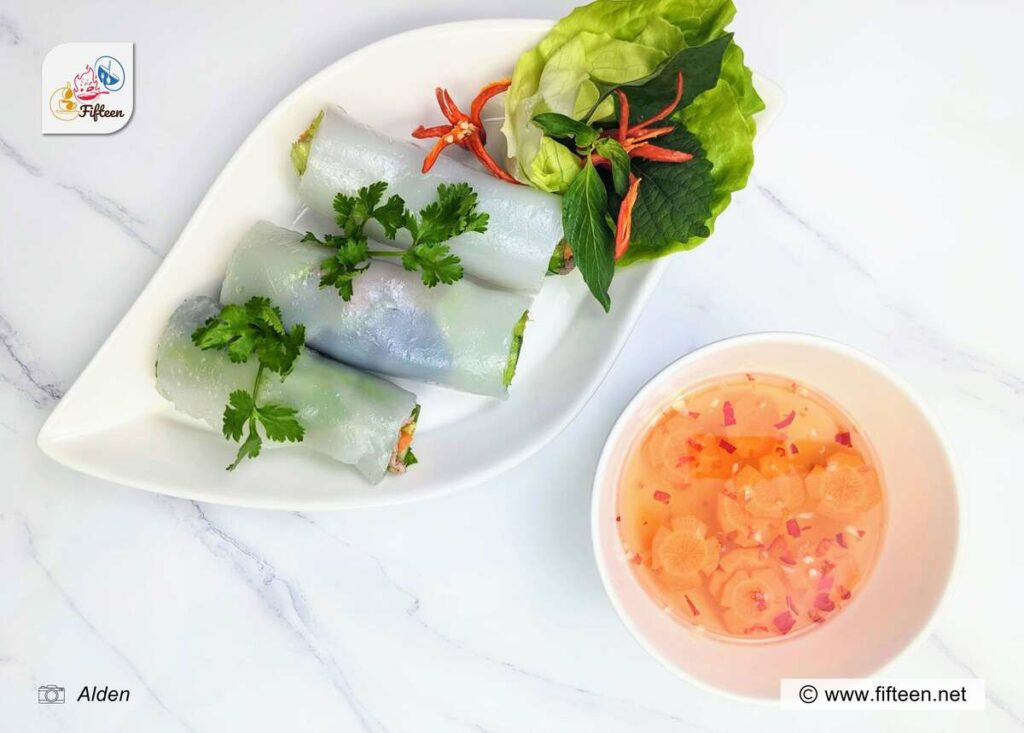
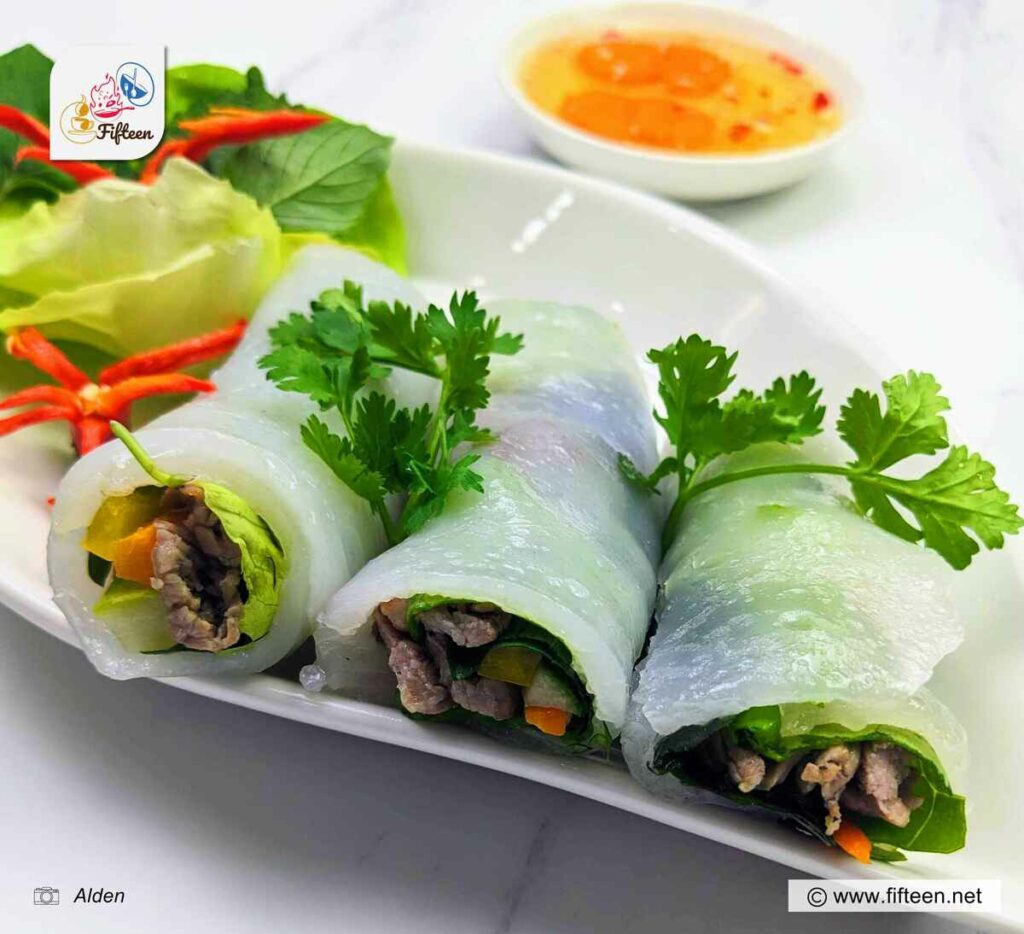
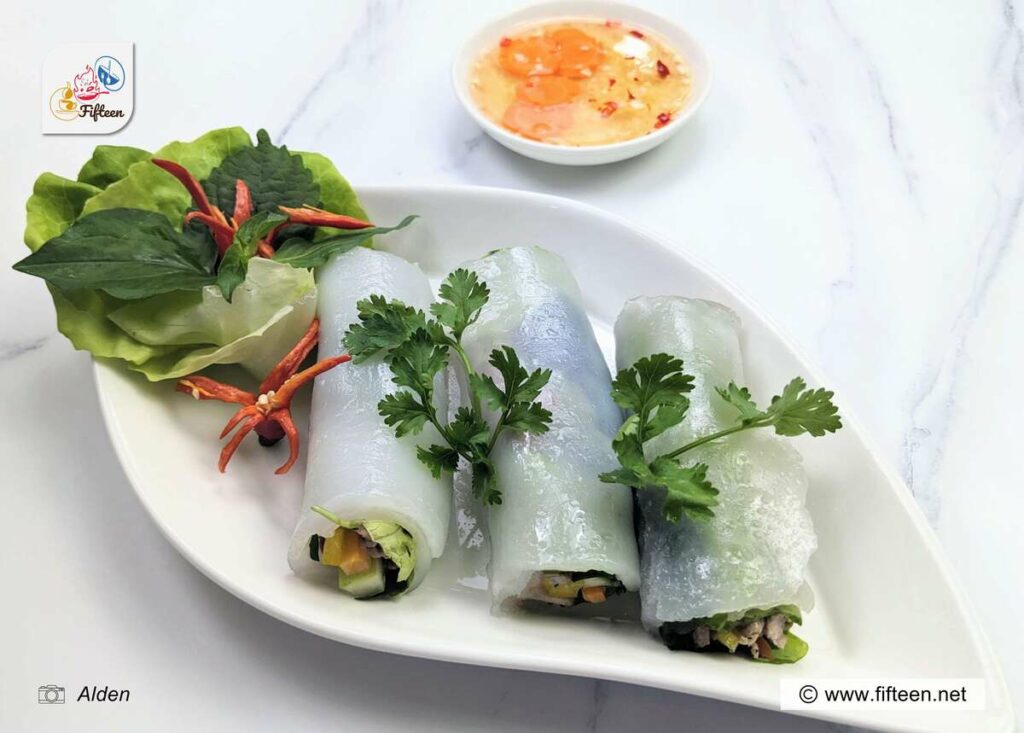
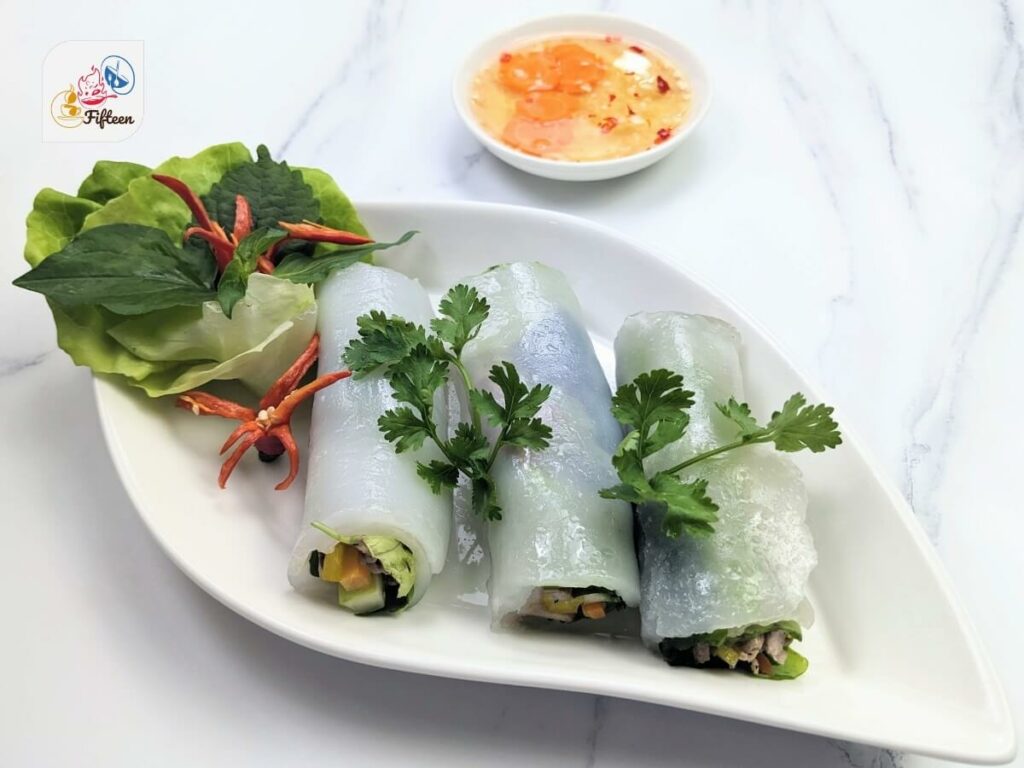
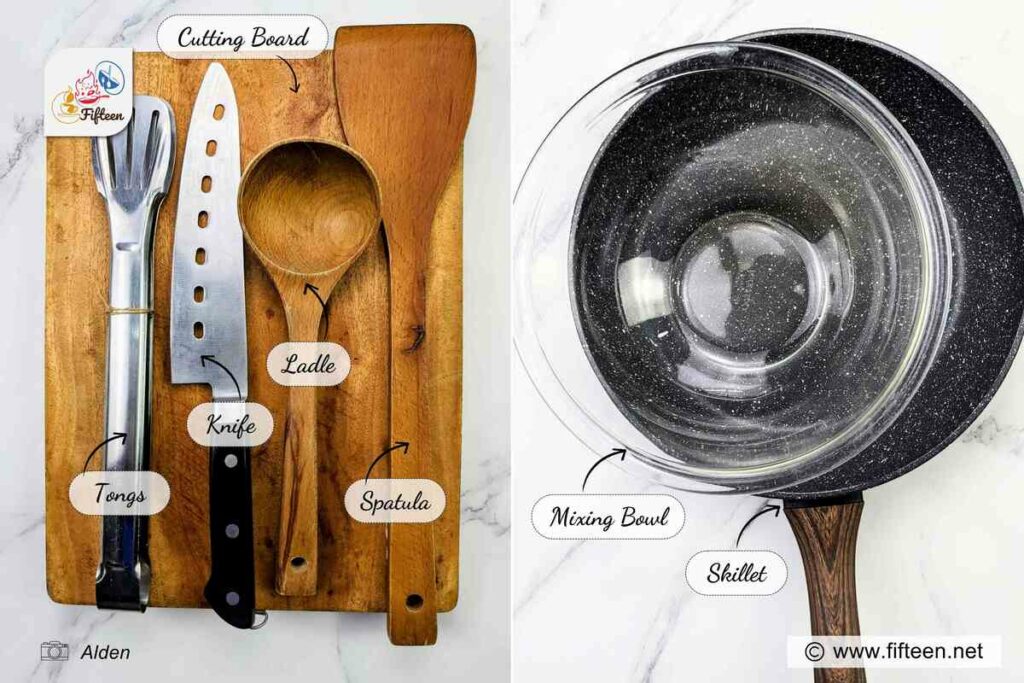
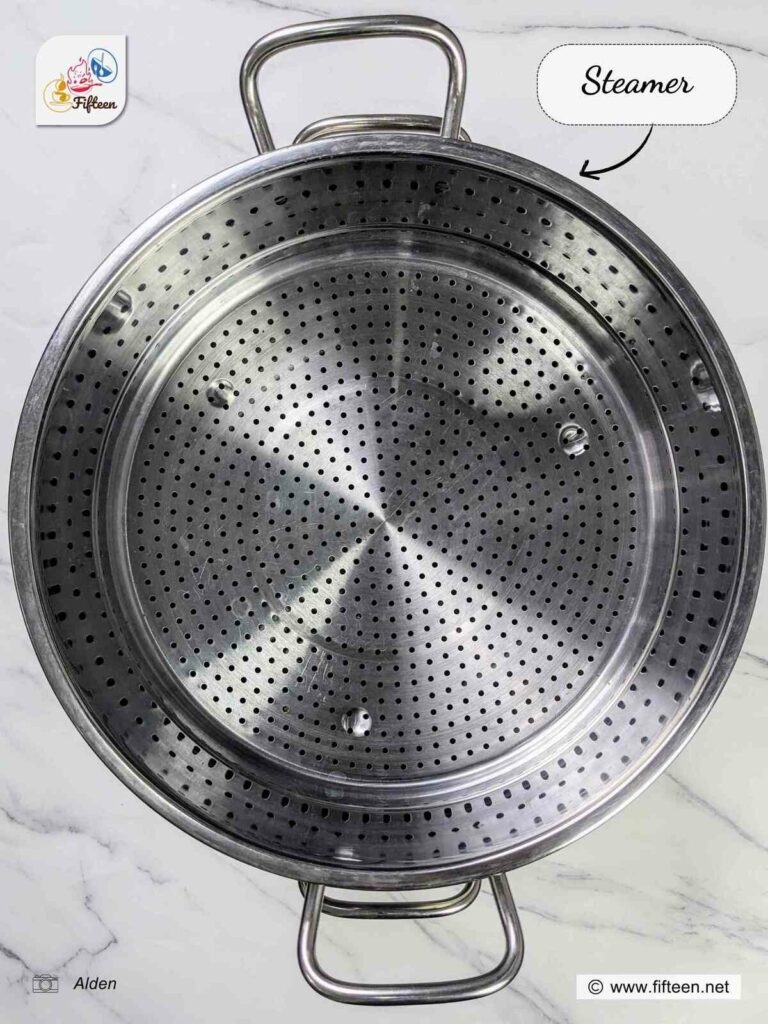
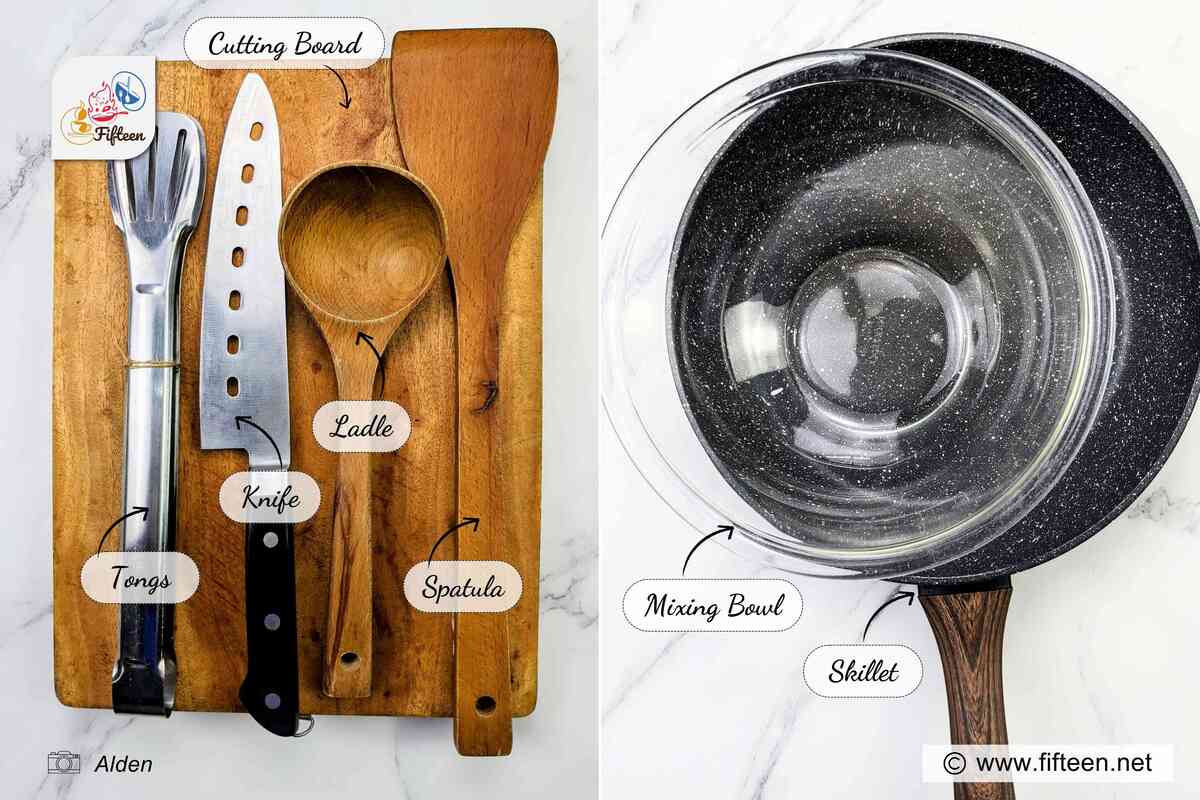
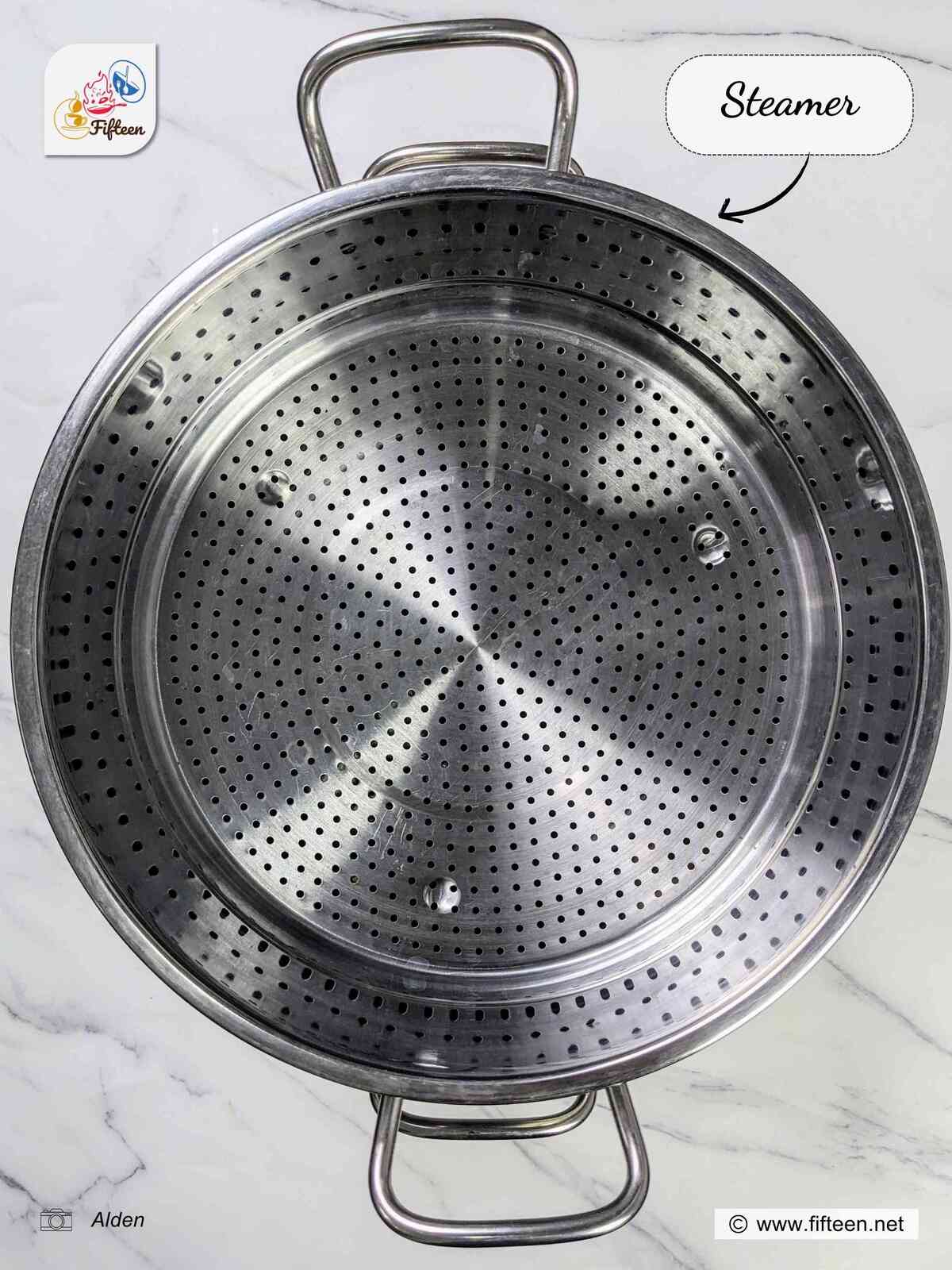
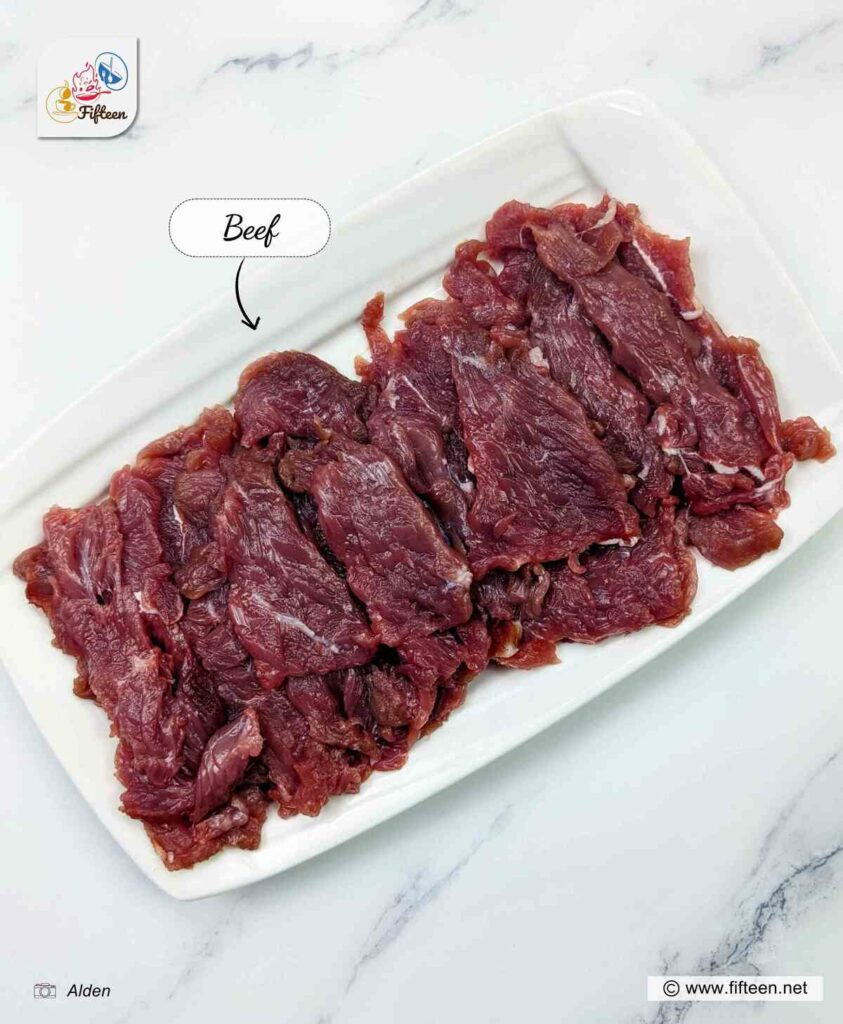
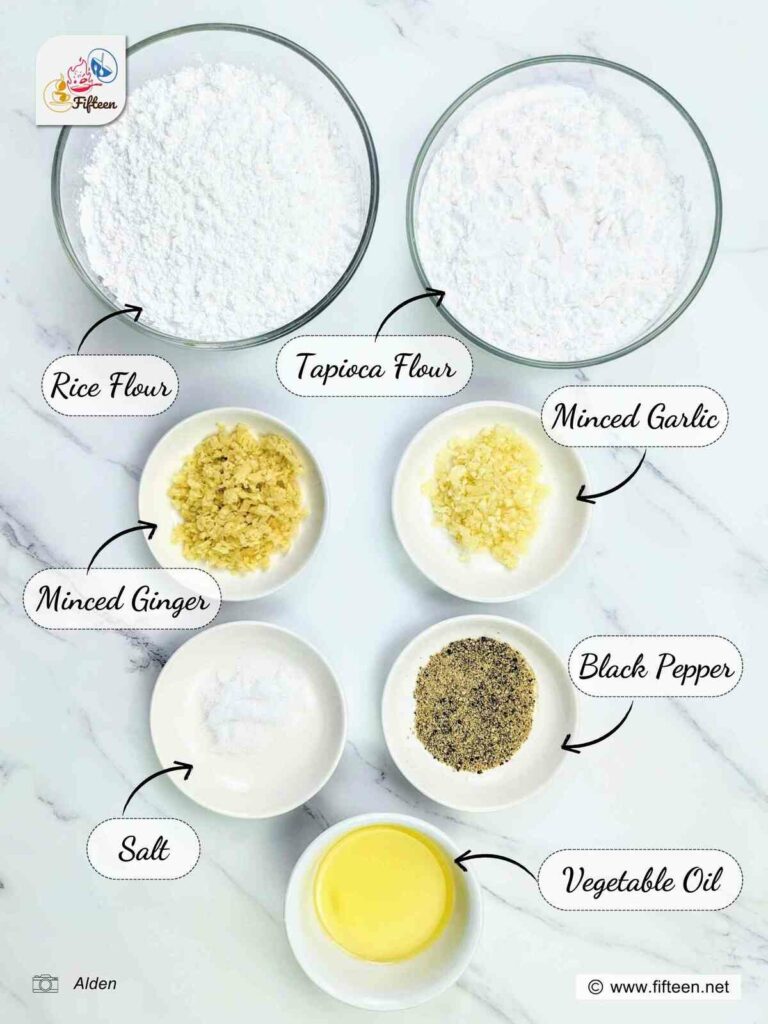
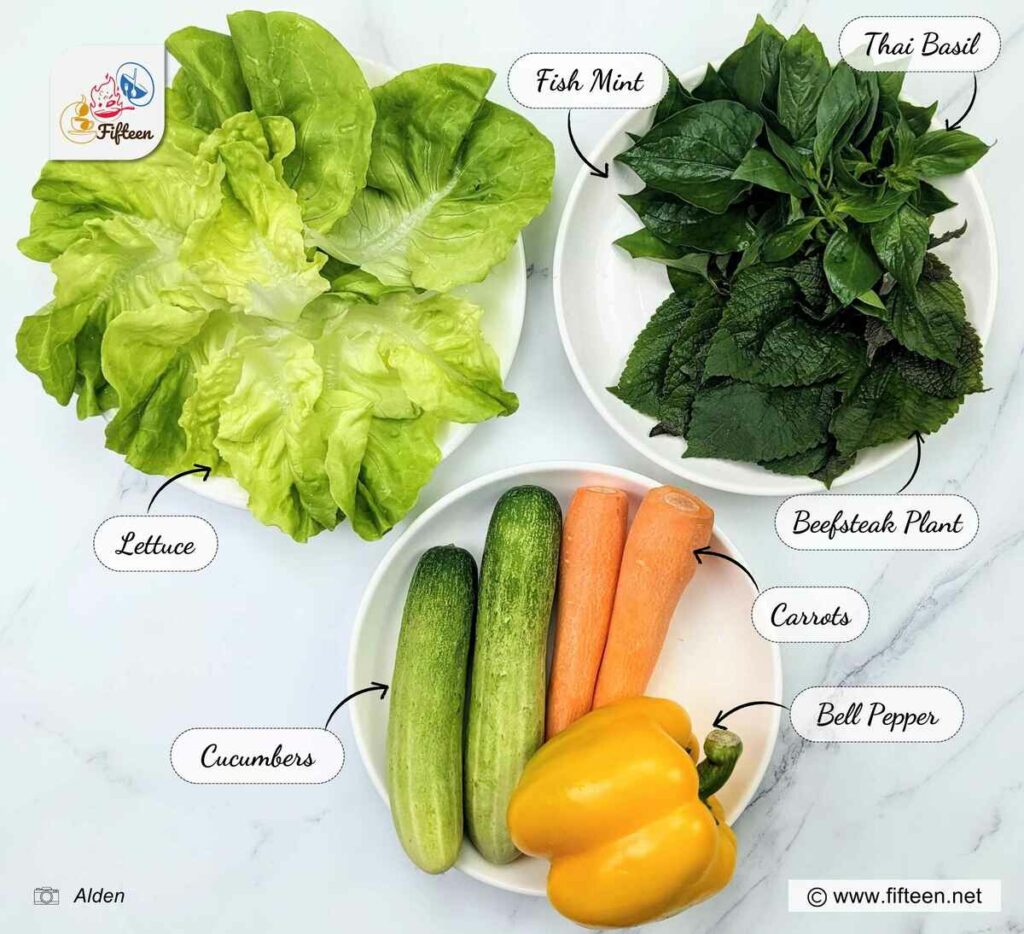
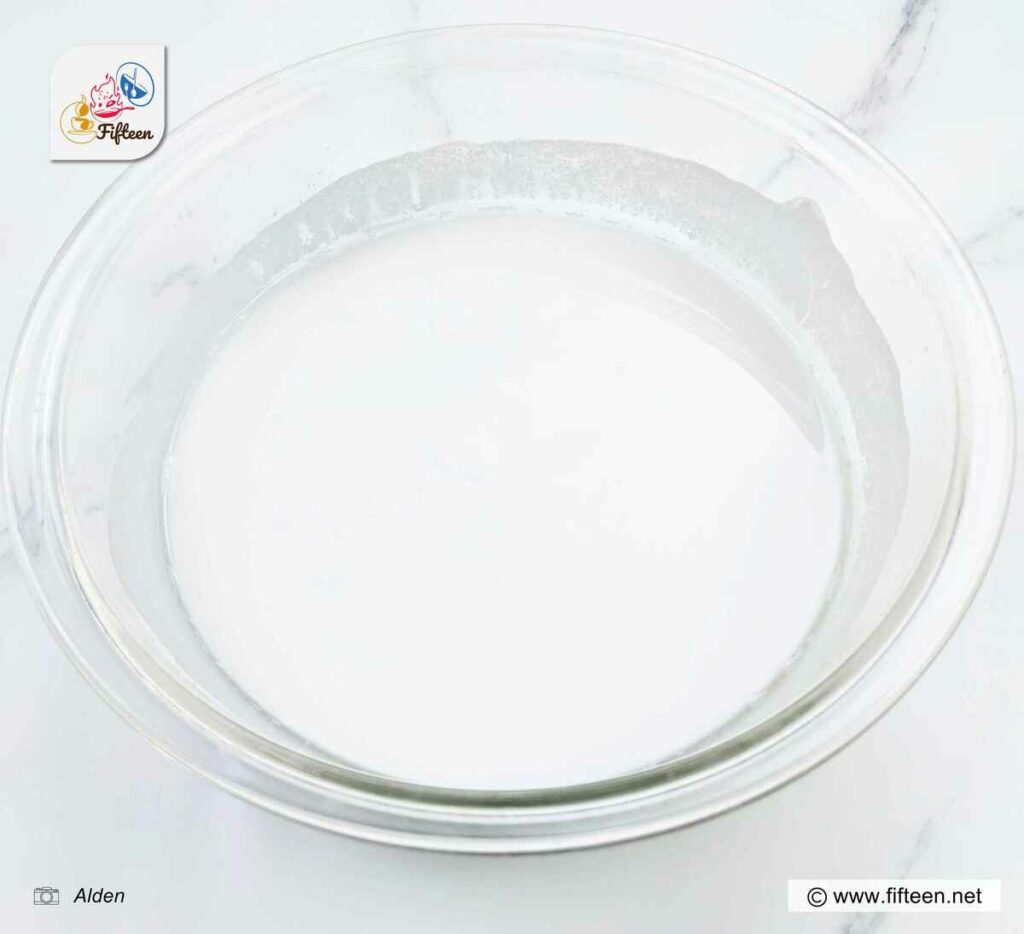
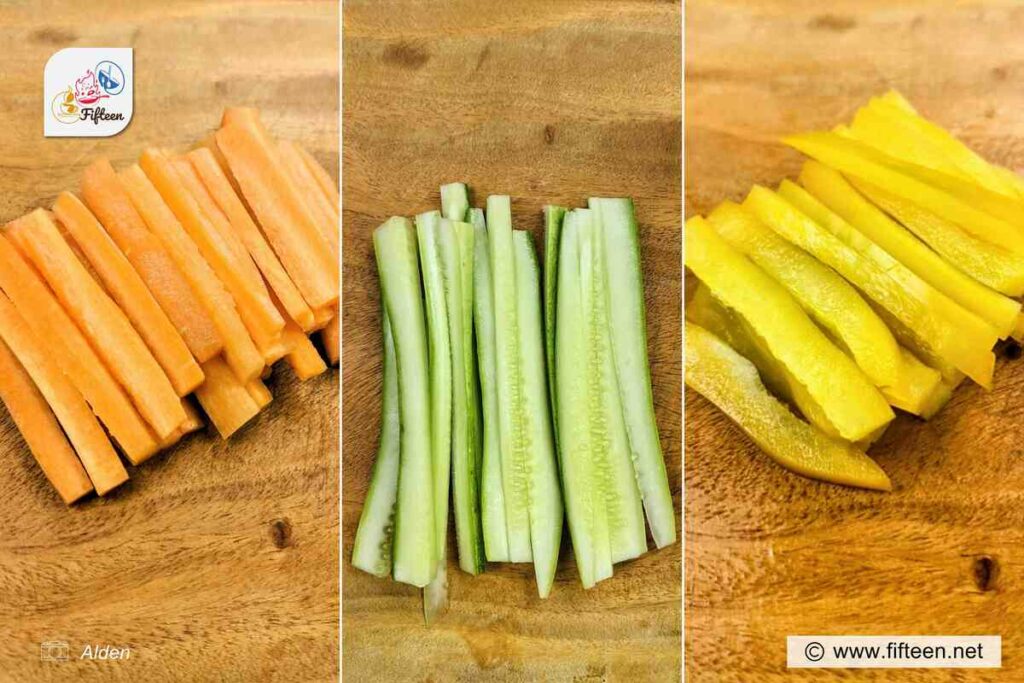
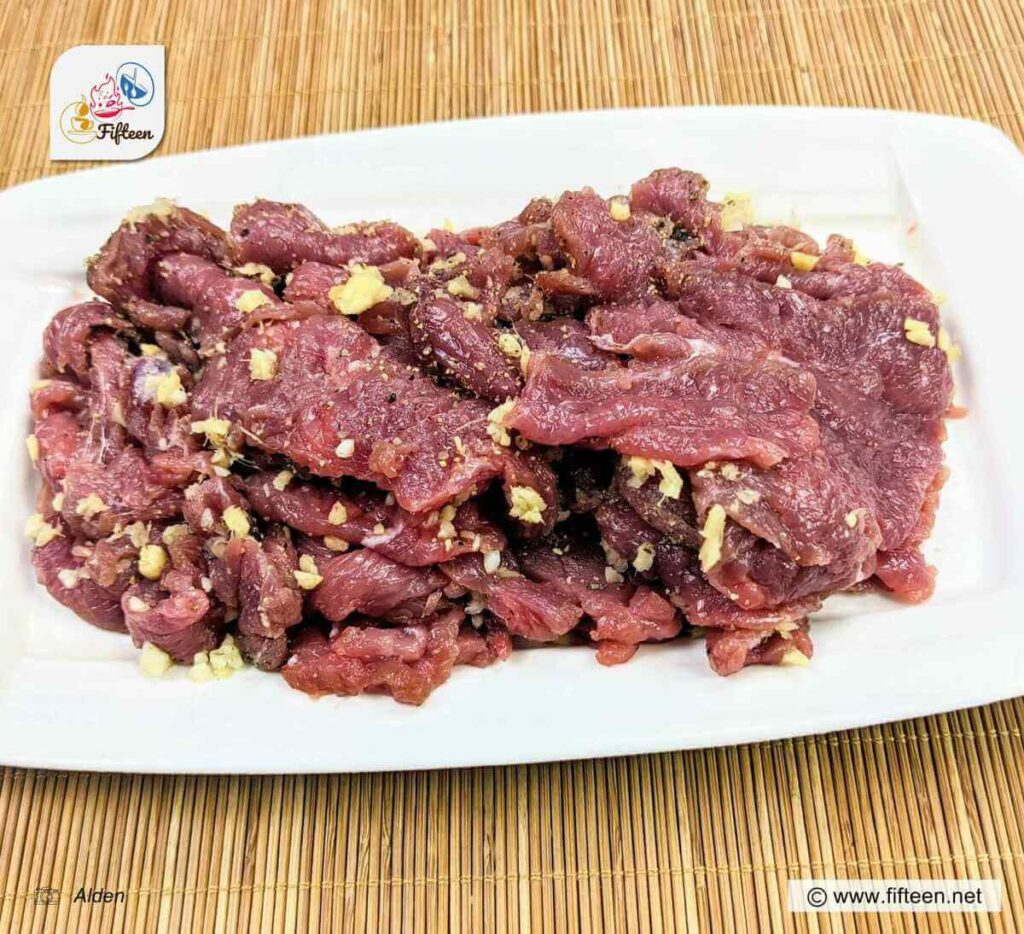
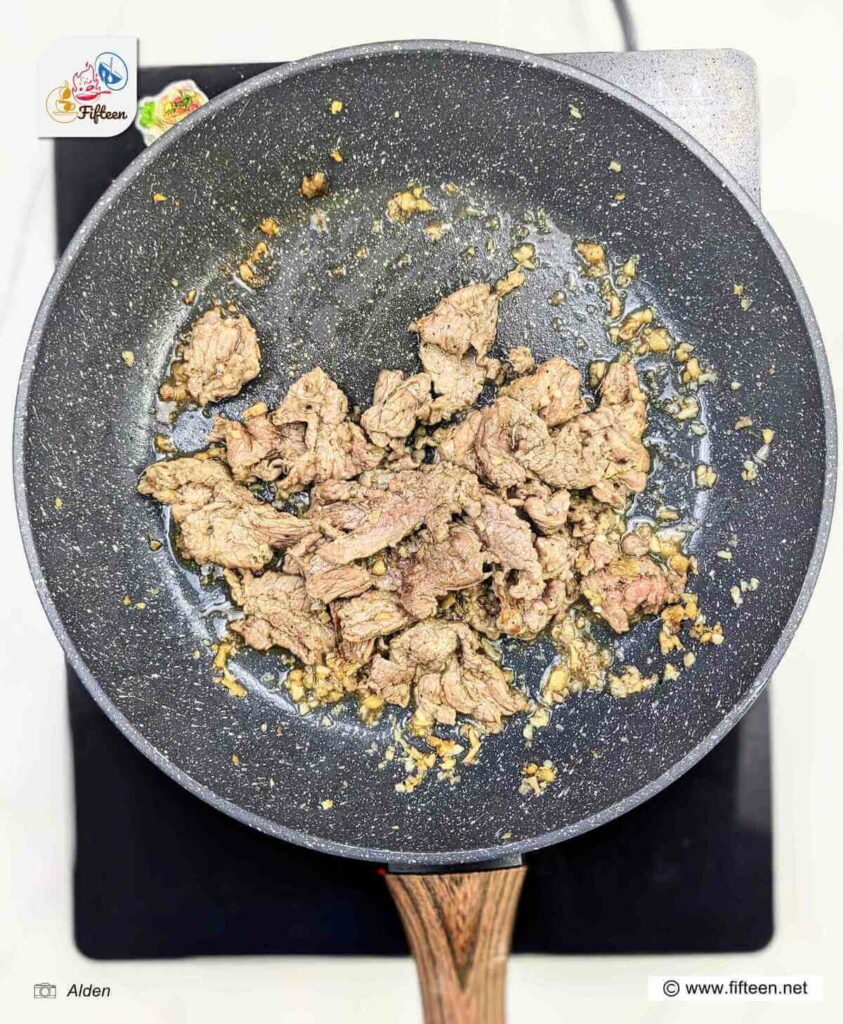
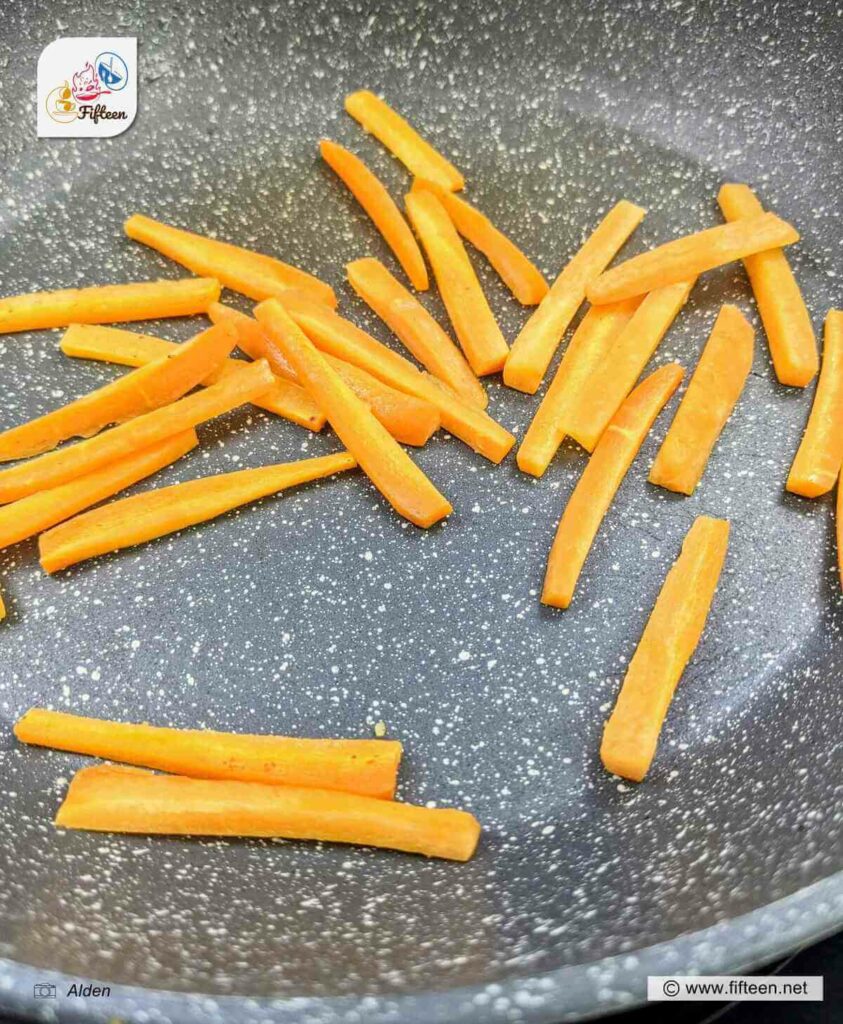
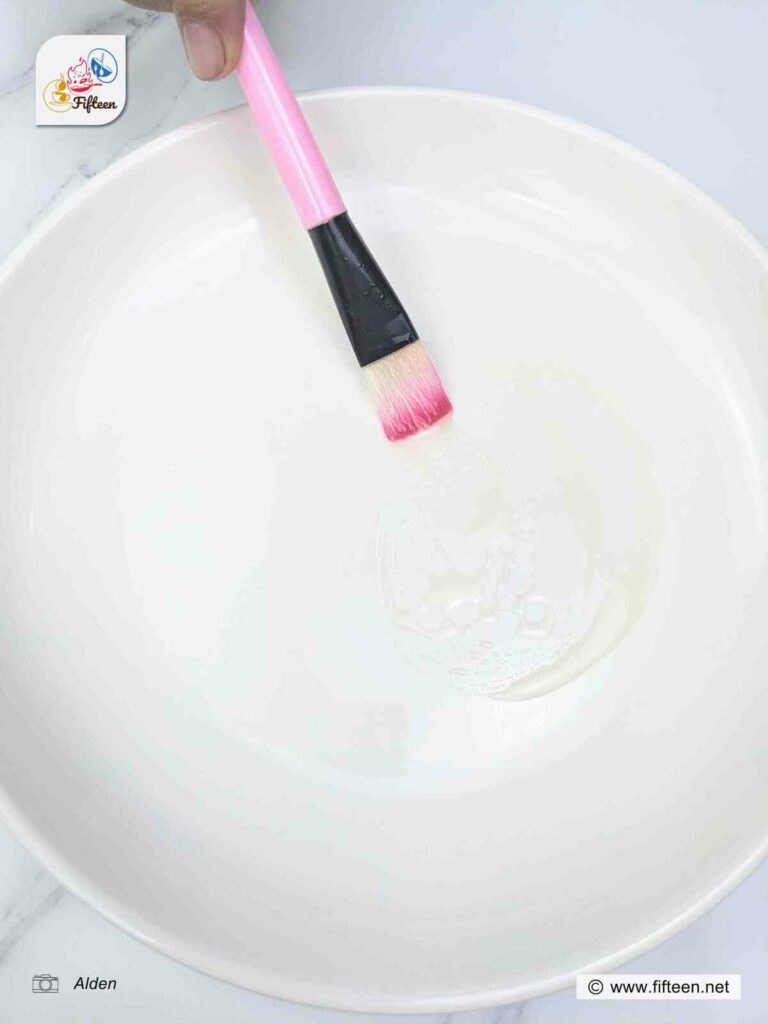
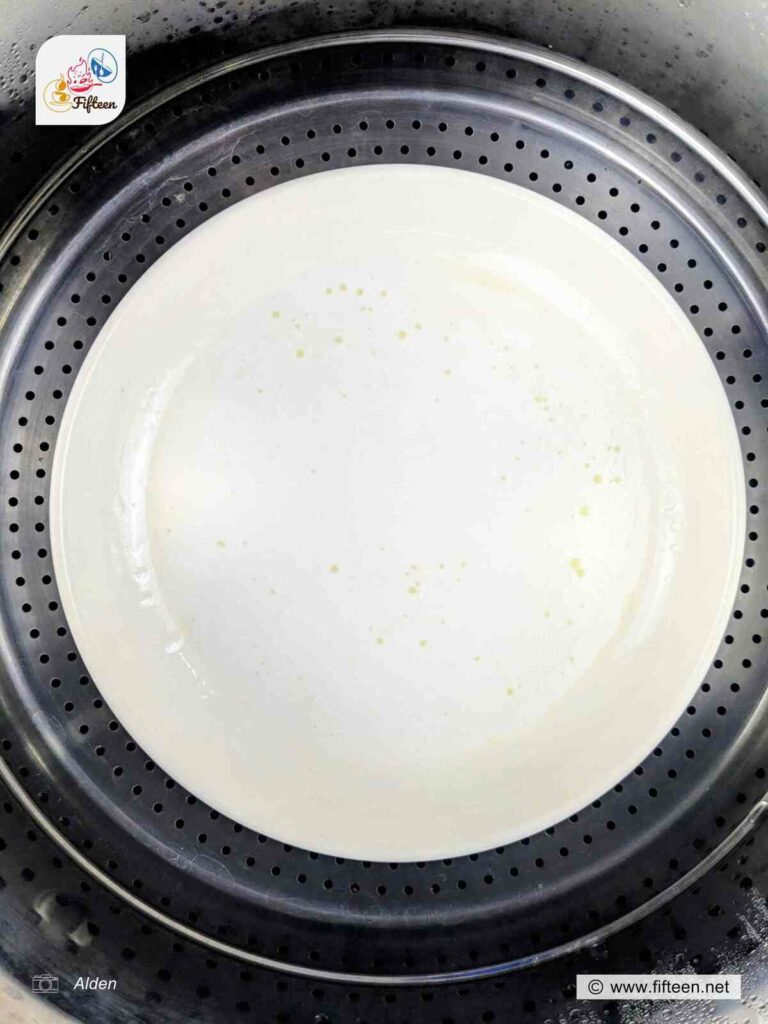
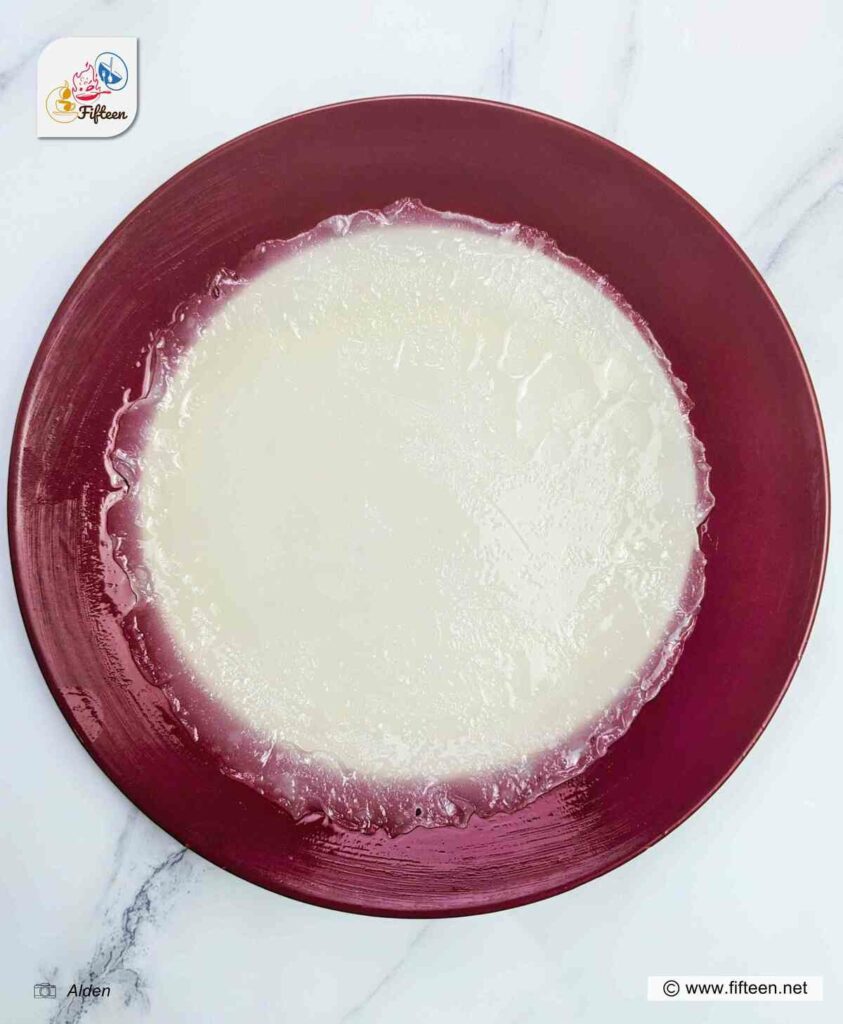
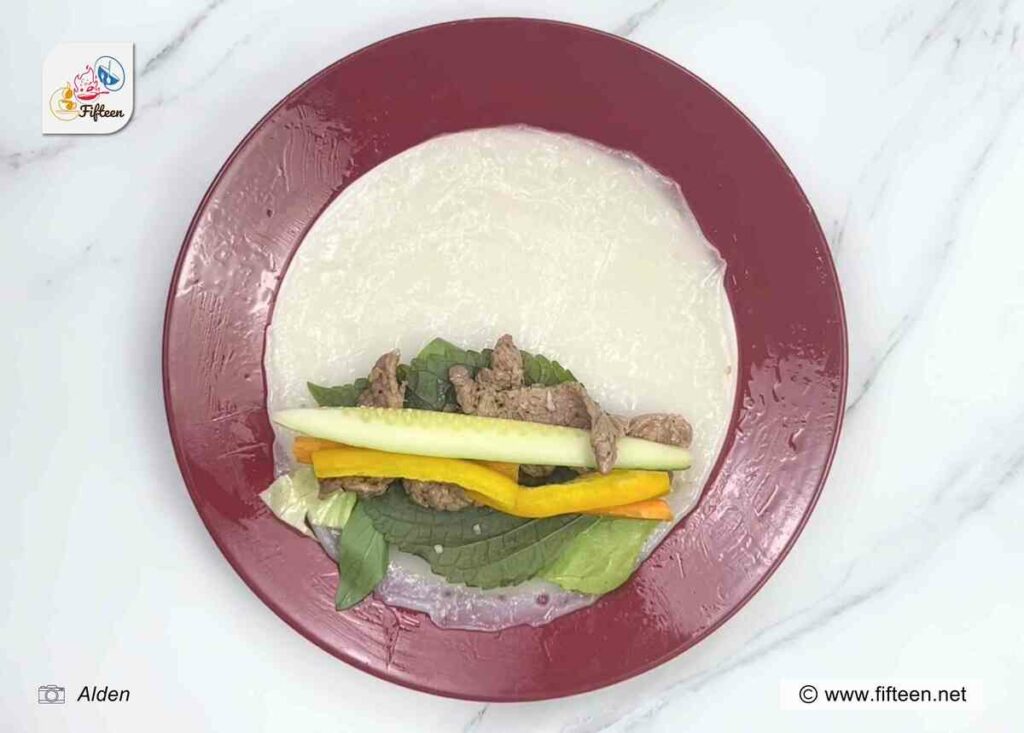
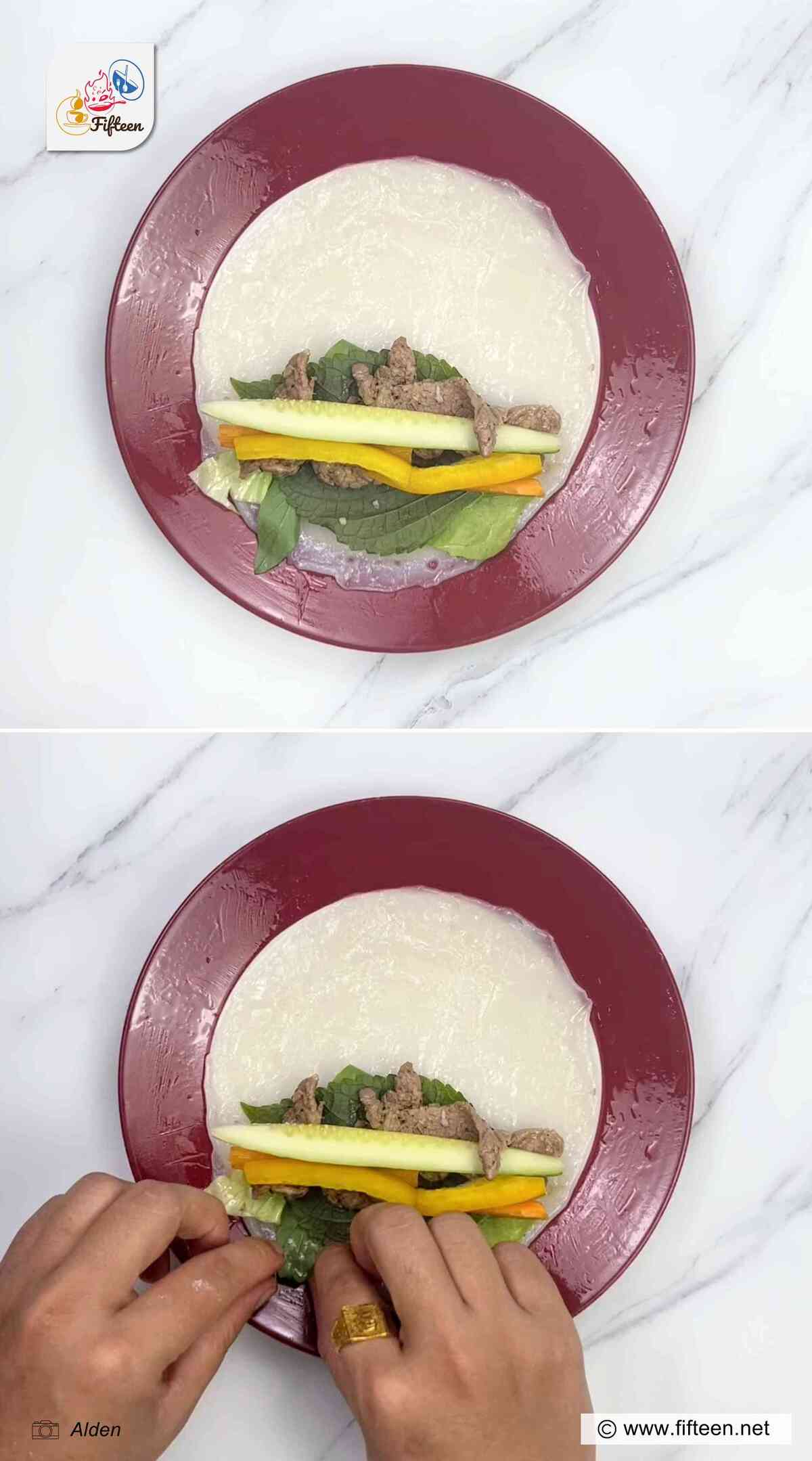
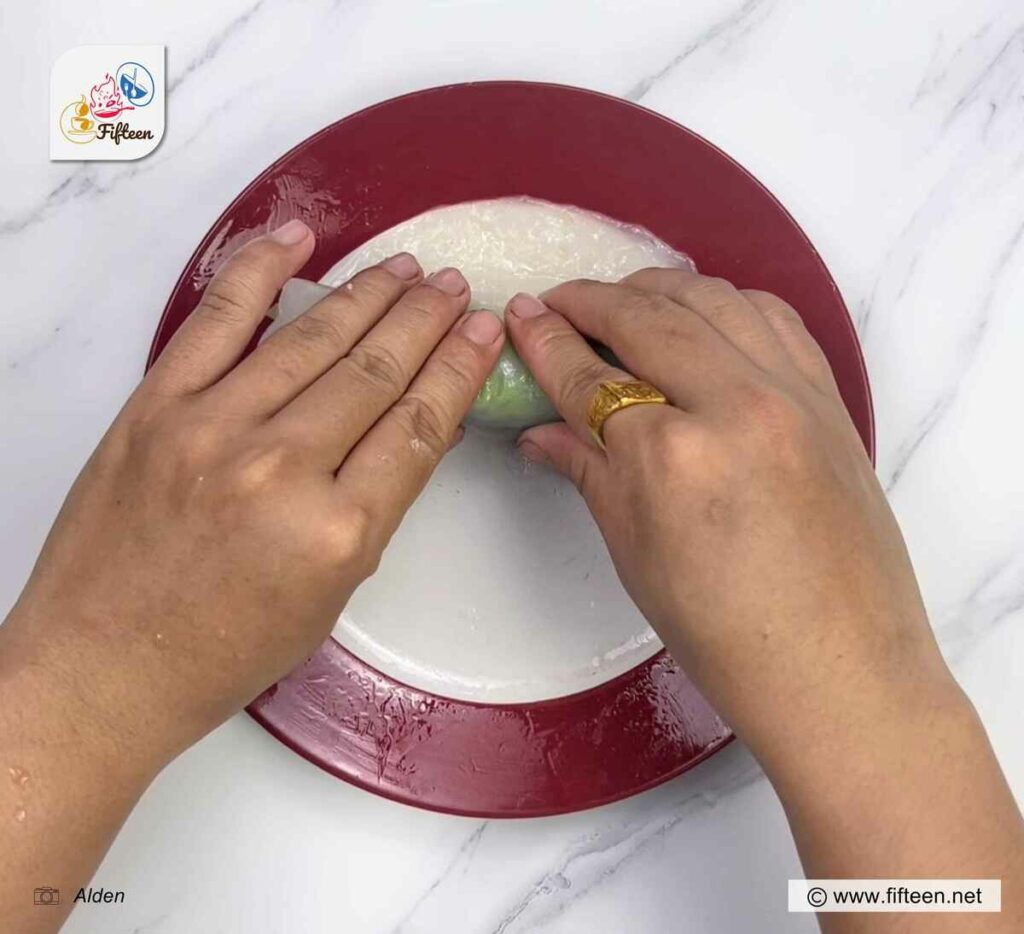
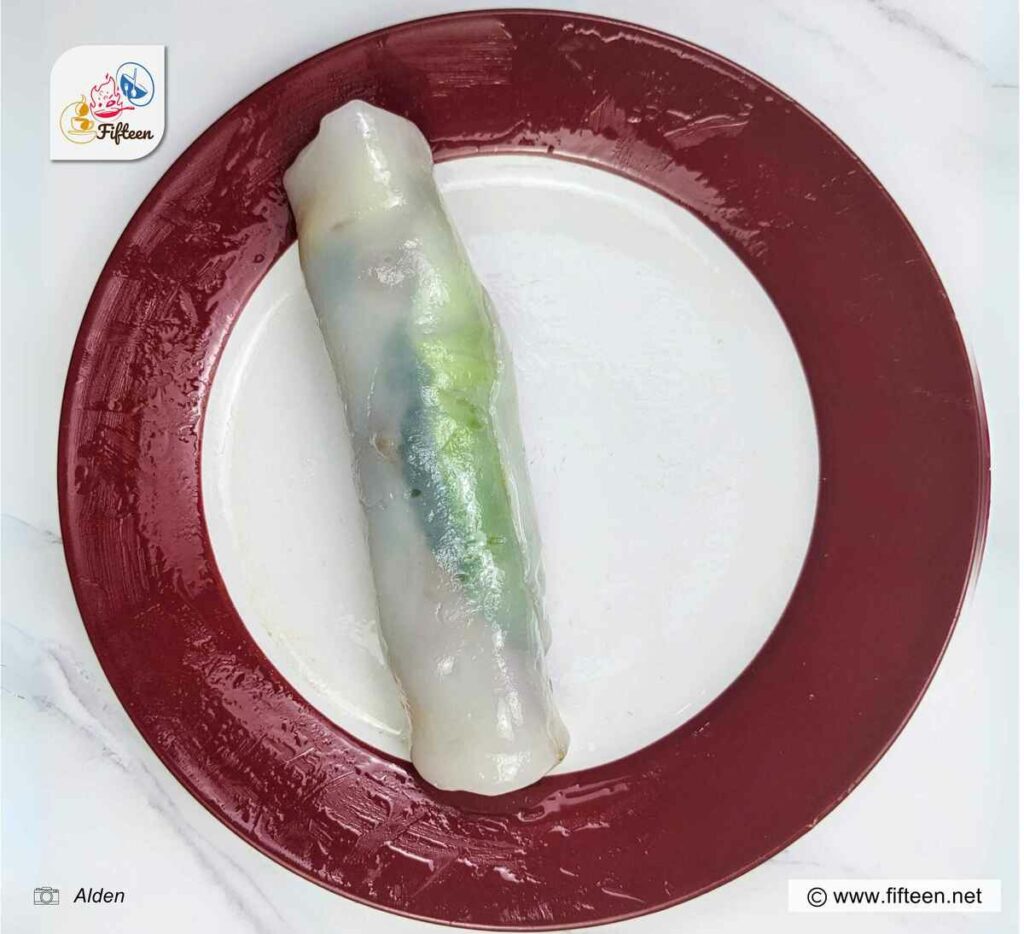
Tien – Alden
Content Writer
Expertise
Home Cooking, Recipe Development, Food Editor, Beverage Editor, Cooking-video Maker, Asian Food Content Creator
Education
Saigon Tourism College
Advanced Culinary Workshop, Beijing
Vietnamese Traditional Cooking School
American College of Vietnam
Alden is a skilled chef with expertise in Asian cuisines, known for blending traditional Vietnamese and Chinese cooking with contemporary innovations. Alden’s passion for Asian flavors and her creative approach to both food and beverages inspires fellow chefs and those aspiring to enter the field.